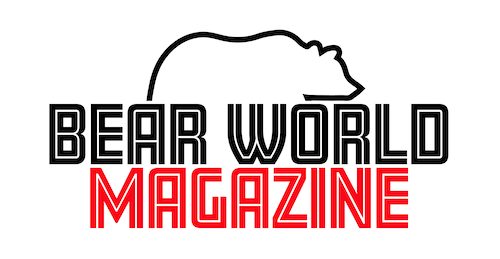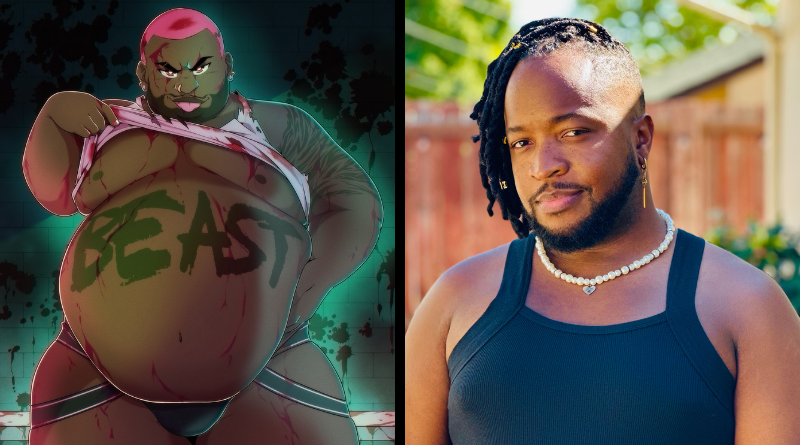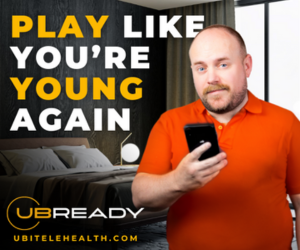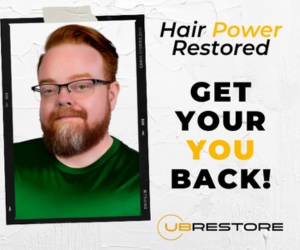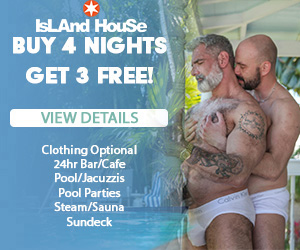The Artistry and Passion of D.J. Kirkland
GLAAD Award winning comic book artist D.J. Kirkland not only has amazing talent, which is evident from his artwork featured throughout this piece, but also has something to say with his work and a definitive worldview.
His work in comics deals with everything from racism to open relationships to hot daddies depending on the audience he is creating for; and his personal illustrations and non-comic related art often depict his love of anime and the gorgeous bears/chubs of color he sees around him.
His work is colorful, powerful and wonderfully queer and we are excited to present is work and vision to the BWM readers. Check out our conversation below.
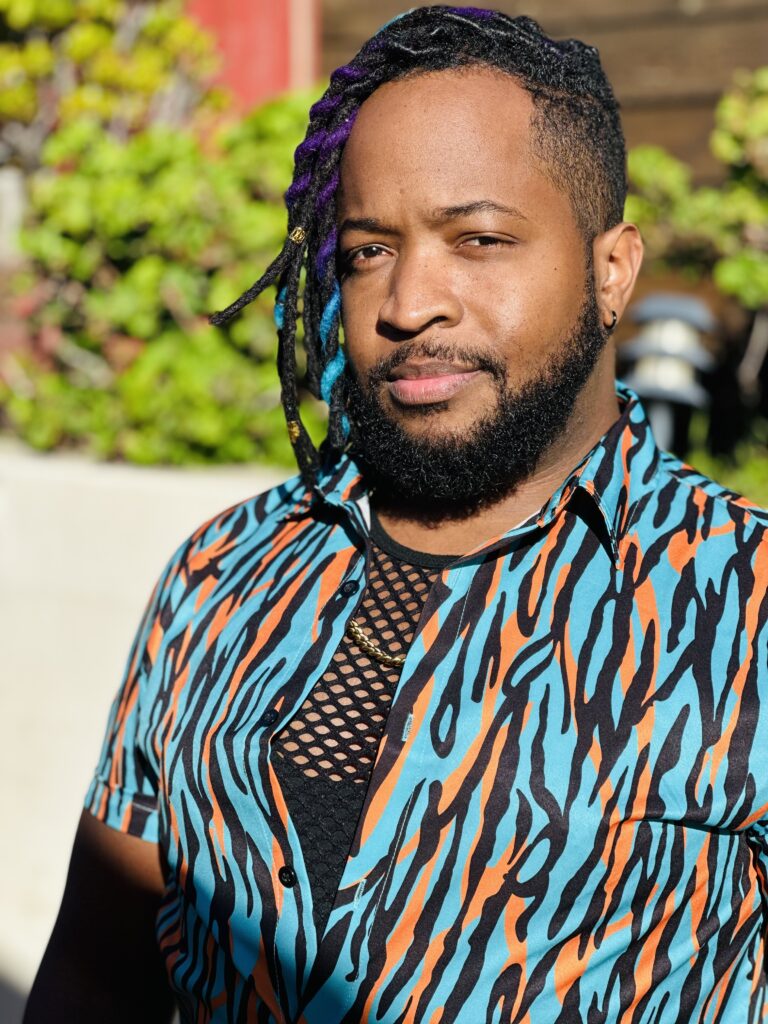
John Hernandez: Tell us a bit about your background, who you are, where you’re from, how you started creating art?
D.J. Kirkland: Hi John, thanks for having me! My name is D.J. and I’m originally from Charlotte, NC but I now reside in the San Francisco Bay Area. I think I started the moment I could pick up a pencil and I’ve been drawing ever since.
John Hernandez: Are you professionally trained or self-taught? Tell us about that.
D.J. Kirkland: I would say it’s a bit of both. I was fortunate enough to have two parents who always supported my art. When they noticed that it was something that I had no intention of quitting, my mom put me in a few after-school art classes and I always took an art elective in school. I took any and all opportunities as a child to draw as often as I could. So much so that I ended up taking a summer job working at an amusement park drawing caricatures my senior year of high school and through my sophomore year of college. I attended the Savannah College of Art and Design (SCAD) in Savannah, GA, and got my Bachelor of Fine Arts with a concentration in Sequential Art which is just a fancy word for comic books and/or storyboarding.
John Hernandez: Who are some of your artistic inspirations? What comic book stories and illustrators informed your love of graphic novels?
D.J. Kirkland: Being a child of the 90s and 2000s, a friend of mine lovingly called me a Toonami baby which I think is probably the most accurate way of describing my artistic inspirations. Sailor Moon (which predates Toonami but, I digress.) was and still is a huge source of inspiration for me and my work. If it wasn’t for Naoko Takeuchi’s incredible manga and anime adaptation, I don’t think I’d be the artist I am today. When I wasn’t watching Toonami on the weekdays and Saturday morning cartoons on the weekends, you could find me sitting on the floor of the manga sections of Barnes and Noble, Borders (RIP) with a sketchbook by my side. Series like No Need for Tenchi, Naruto, Bleach, Ranma ½, are ones that immediately come to mind.
When I wasn’t at the bookstore for hours, you’d find me sitting on the floor of my bedroom playing video games like Super Mario RPG, Final Fantasy 7, Street Fighter, Super Smash Bros., Space Channel 5, and Jet Set Radio, just to name a few. A lot of these things have informed my art throughout my life. There’s an Art of Capcom artbook that I think damn near every artist that grew up in the same era as me owns. Literally every artist that’s featured in that book has made a huge impact on my work too. I would say that my art is a combination of Western Saturday morning cartoons and anime from the 90s.
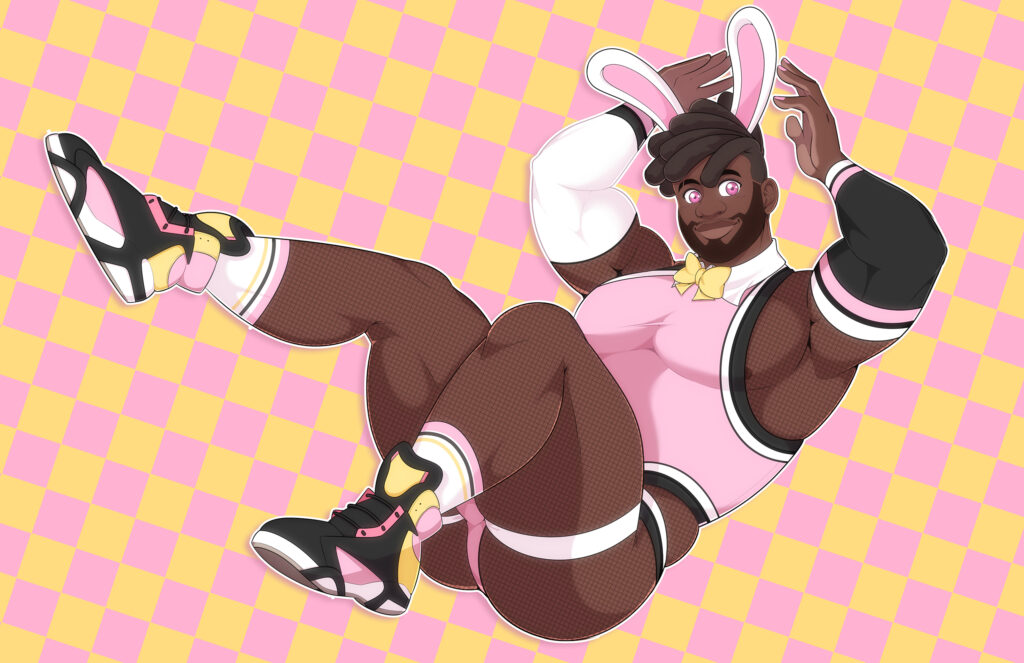
John Hernandez: Tell me about Black Mage and the importance of Tom Token’s journey.
D.J. Kirkland: To keep it short and sweet, here’s the elevator pitch for Black Mage: Imagine Harry Potter, (minus the transphobia because fuck JK Rowling) but Harry is the first black student to attend Hogwarts and Hogwarts is run by the Klan. So it’s up to Tom, his crow familiar, Jim, his classmate Lindsay, and the ghosts of Frederick Douglass, Harriet Tubman, and John Henry to uncover the mystery of the school and take it down from the inside out. It’s a commentary on myself and my co-creator Daniel Barnes’ on being the only black kid in predominately white spaces and dealing with the concepts of racism, and microaggressions head-on but with humor, shonen manga, and final fantasy influences spread throughout. Some might say our book is a little on the nose but considering we live in a world where we have to constantly reiterate to people that RACISM IS BAD, having a heavier hand with the content was/is necessary. What was also very important about the book is that we have a black lead in a fantasy setting. It’s not something you see very often so my hope is that our book will eventually become one of many stories with black leads in fantasy worlds in the future.
John Hernandez: Please tell me about your work on Dream Daddy.
D.J. Kirkland: Glady! So to be clear I didn’t work on the Dream Daddy game, just the Dream Daddy comics. The indie comics publisher OniPress acquired the license to Dream Daddy to make comics based on the game and its cast of datable dads. Since Black Mage was published by Oni as well, it was simply an email exchange from the editor assigned to the Dream Daddy comics that went something like “Hey, are you interested in working on a Dream Daddy comic?” and of course I said yes. The story I worked on was the 5th story in the collection of Dream Daddy comics called “Dungeons and Daddies”. If it wasn’t obvious by the title, the comic focused on all of the dads of Dream Daddy playing a game of D&D. It was written by one of my favorite people in comics, Josh Trujillo and we had a ball making that comic together. The license holders of Dream Daddy absolutely loved all of the D&D costumes the dads were wearing and had very few notes for me. The only note they really gave me was, “You can make the costumes gayer.” Which is honestly the best note you could get from a licensor.
Now, if the opportunity ever came about for a Dream Daddy 2, I’d absolutely love to be the character designer for all the dads in the game. I’m going to manifest that for me. Haha.

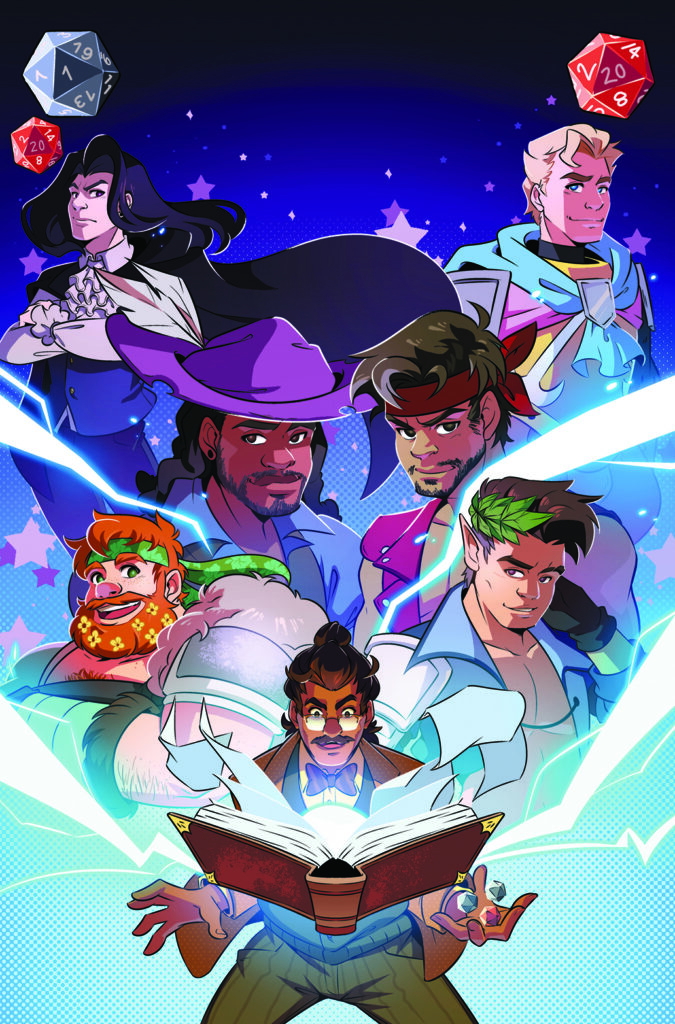
John Hernandez: You are a GLAAD award winning artist. When did you win and what were they acknowledging you for?
D.J. Kirkland: I am! We won this year, 2023, for “Outstanding Original Graphic Novel/Anthology” for the anthology Young Men In Love. I say we because it wasn’t just me who won this award. It was all of the queer collaborators who contributed their writing and art to this amazing anthology. There are so many great stories in that anthology and I hope Joe Glass and Matt Miner can get a second one greenlit. It should be easy after the success of the first one. Fingers crossed!
John Hernandez: Your new project, The Fine Line looks like it is going to be epic with respect to representation for bears of color, discussions about monogamy vs open relationships; a lot of hot button issues in the community. What made you want to discuss these topics specifically and how’s the book coming along?
D.J. Kirkland: Thank you, I’m glad you think so! I think a lot of the online discourse around monogamy vs. open relationships tends to be very black-and-white when in reality, the conversation between the two is incredibly nuanced and can vary from relationship to relationship. We all know how well nuance goes over on Twitter…it doesn’t, so this graphic novel aims to offer my own personal take on relationships through the eyes of my main character, Elijah, and his boyfriend Javier. It’s messy and complicated much like how relationships in real life can be. I was really inspired by the graphic novel Laura Dean Keeps Breaking Up with Me by Mariko Tamaki and Rosemary Valero-O’Connell and Issa Rae’s TV series Insecure. I wanted to tell a story like this but informed by my own lived experience and through the lens of queer bears and chubs of color. In terms of it’s current progress, the book is coming along well! It’s not due out until 2026 which feels like an eternity away but it’ll be here sooner than we think. As we speak, I’m working on finetuning the outline for the story and once that’s approved, I’m diving headfirst into the first draft of the script. The sooner we can finalize the script the sooner I can get to drawing it which is what I want to dedicate the most amount of time doing. I have an amazing team of editors that are just as excited about the book as I am so I know they’re going to do everything they can to help me succeed. I want this graphic novel to be, at the very least, some of the best art I’ve ever drawn. Pray for me!
John Hernandez: A lot of your art is bear and chub related. What makes you want to incorporate them into your art?
D.J. Kirkland: What made me want to incorporate bears and chubs into my work is that it reflects my world and who I see around me. My immediate friend group is mostly all plus-sized queer folk and my husband is as well. I want to create art that showcases people with body types like mine and depicts them in the same desirable ways that we often see thin and muscular folks depicted. A lot of art that shows bears and chubs are all mostly white or white-passing so it is very important to me that black and other POC bears and chubs are illustrated in the same ways too because we’re just as hot!
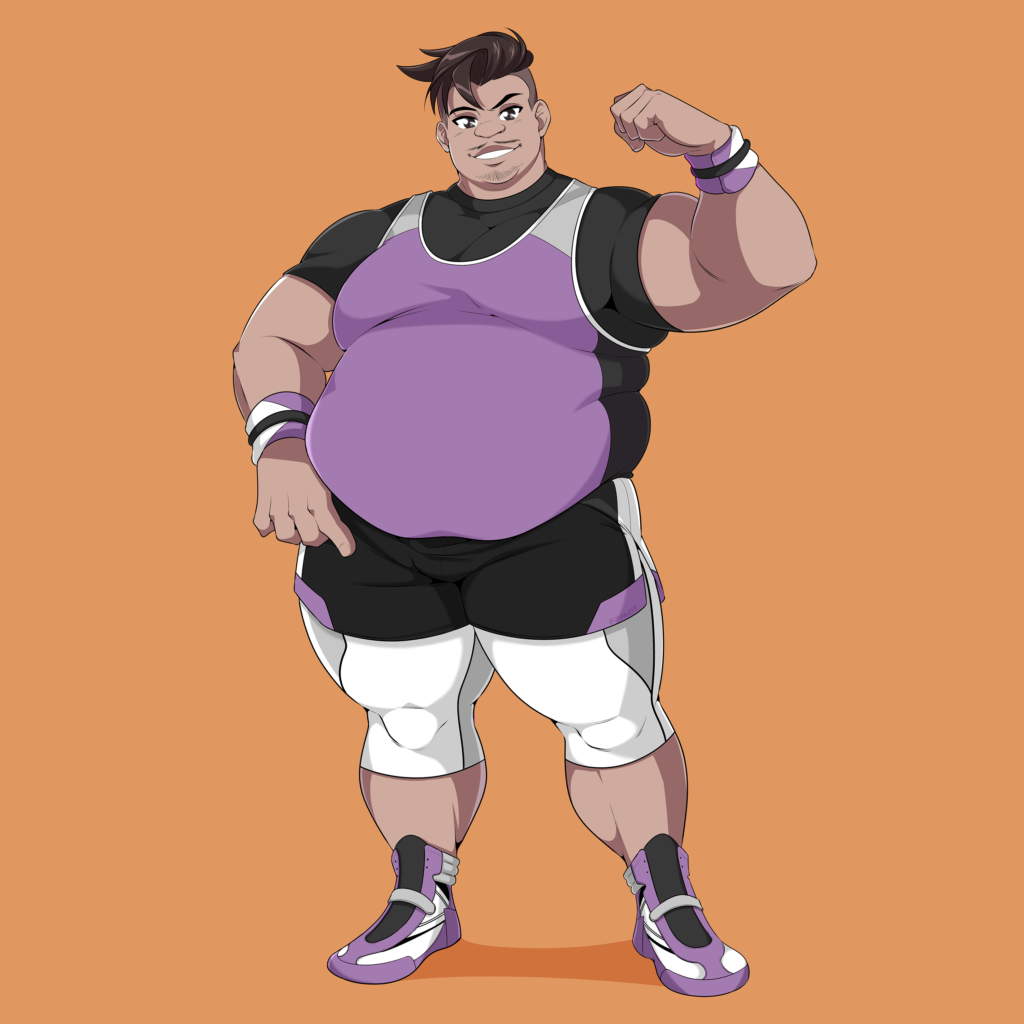
John Hernandez: Do you consider yourself a part of the bear or chub communities? If so, what brought you there?
D.J. Kirkland: This is a tough one for me and I owe it to myself and the readers of this magazine, to be honest. I’ve always been attracted to fat men and when I learned that there was a community for those men and people that are into them, I felt like I found my place. As a chubby black queer person who isn’t exactly the most masculine, I often felt like I was invisible and downright undesirable in a lot of these spaces for quite some time. So I often said, I like bears and chubs but a lot of bears and chubs don’t like me.
There’s definitely a desired “look” in some of these spaces. You have to be the right kind of fat or the right kind of masculine or at least masculine presenting enough in a way that’s deemed desirable. Now don’t get it twisted, I know I’m hot and it’s ultimately their loss for not making space for myself or other queer black and brown folks that feel similarly to me. I am fortunate enough to have found a community with black and brown queer folks that would consider themselves part of the bear and chub communities and they’ve welcomed me with open arms.
John Hernandez: Where can we see more of your art? Can we purchase your work?
D.J. Kirkland: You can follow me on social media to see all of my art and keep up with future updates and everything that I’m working on at the following places.
Twitter (I refuse to call it X): @OhHeyDJ
Instagram: @OhHeyDJ
TikTok: @OhHeyDJ
BlueSky @OhHeyDJ.bsky.social
My website is www.djkirkland.com and I’ll be refreshing my online store soon with way more stuff that I think y’all will like very soon!

